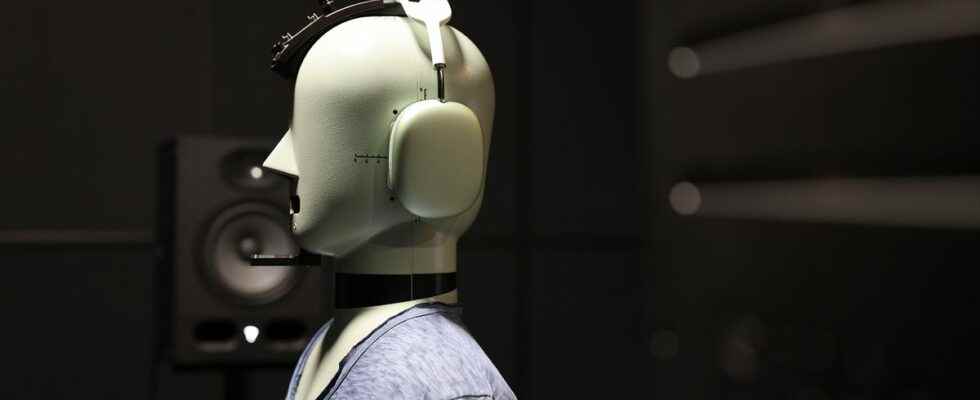Let’s start with a little background. Last May, Apple deployed an update (named 4E71) for the AirPods Max without explaining the content, a habit for the Apple brand. As a result of this, some people complained about the active noise canceling feature losing effectiveness, especially on Reddit. Then radio silence until last September, when The Verge put a coin in the machine by publishing an article titled: “I’m convinced the AirPods Max active noise cancellation has gotten worse”, or in good French: “I am convinced that the active noise reduction of the AirPods Max has become worse”. Twitter then ignited and our colleagues at RTings took action to get to the bottom of it. It appears that indeed, the active noise reduction of the AirPods Max would have lost effectiveness, especially at the bass level.
We looked into the matter because the various testimonies that we were able to collect were contradictory to say the least. Out of three people surveyed, each with AirPods Max under firmware version 4E71, one said they noticed a deterioration in performance, another said they saw no change and finally, the last said they felt a marked improvement compared to before. It also seems that on Reddit, forum users do not all agree on this subject: some denounce a drop in performance, others do not notice anything, while still others observe an improvement. In short, there is enough to tear your hair out.
We therefore carried out our investigation, recovered the three helmets of the three people questioned and took our usual measurements to compare them with those taken during the helmet test carried out in January 2021 with version 3C16. We do not see any deterioration in the performance of active noise reduction on the three headsets. We can even say that in view of the measurements, the performance of the active noise reduction has even improved compared to the launch of the AirPods Max. A noticeable difference, especially in the bass and high-mids, which are slightly better attenuated. On the reduction of non-static noises (constant noises such as ventilation, the background noise of a city, running of a train, etc.) there is therefore no loss of performance, or even there is improvement.

The graph on the left shows the measurements taken with the new 4E71 update: black (reference), purple (AirPods Max active noise reduction test 1), orange (AirPods Max active noise reduction test 2), green (airPods Max active noise reduction active AirPods Max test 3). The graph on the right shows the measurements taken during the test of the headphones in January 2021 with the 3C16 version: black (reference), fuchsia (AirPods Max active noise reduction), gray (AirPods Max passive isolation).
To date, our test protocol does not allow us to measure the effectiveness of noise reduction on non-static noises (conversation nearby, sudden noises, tire screeching, door closing, etc.). Thus, we can only trust the feelings of each. But again, opinions differ. The person who noticed a loss of efficiency told us that he could hear the discussions around him better, especially in the metro. Conversely, the one who felt an improvement said that she heard her children’s voices less. Two contradictory testimonies that do not help to see more clearly.
But then where can this impression of reduced performance come from? Would our colleagues from RTings have made a mistake during their measurements? Unlikely. Is this impression of loss of performance just a placebo effect? Possible. Would each headset behave differently? Again, it cannot be ruled out. In any case, we saw no loss of efficiency in the lab, and even noted a slight improvement in the performance of active noise cancellation on the AirPods Max. And you? Have you noticed a performance loss? Feel free to share your experience in the comments.
